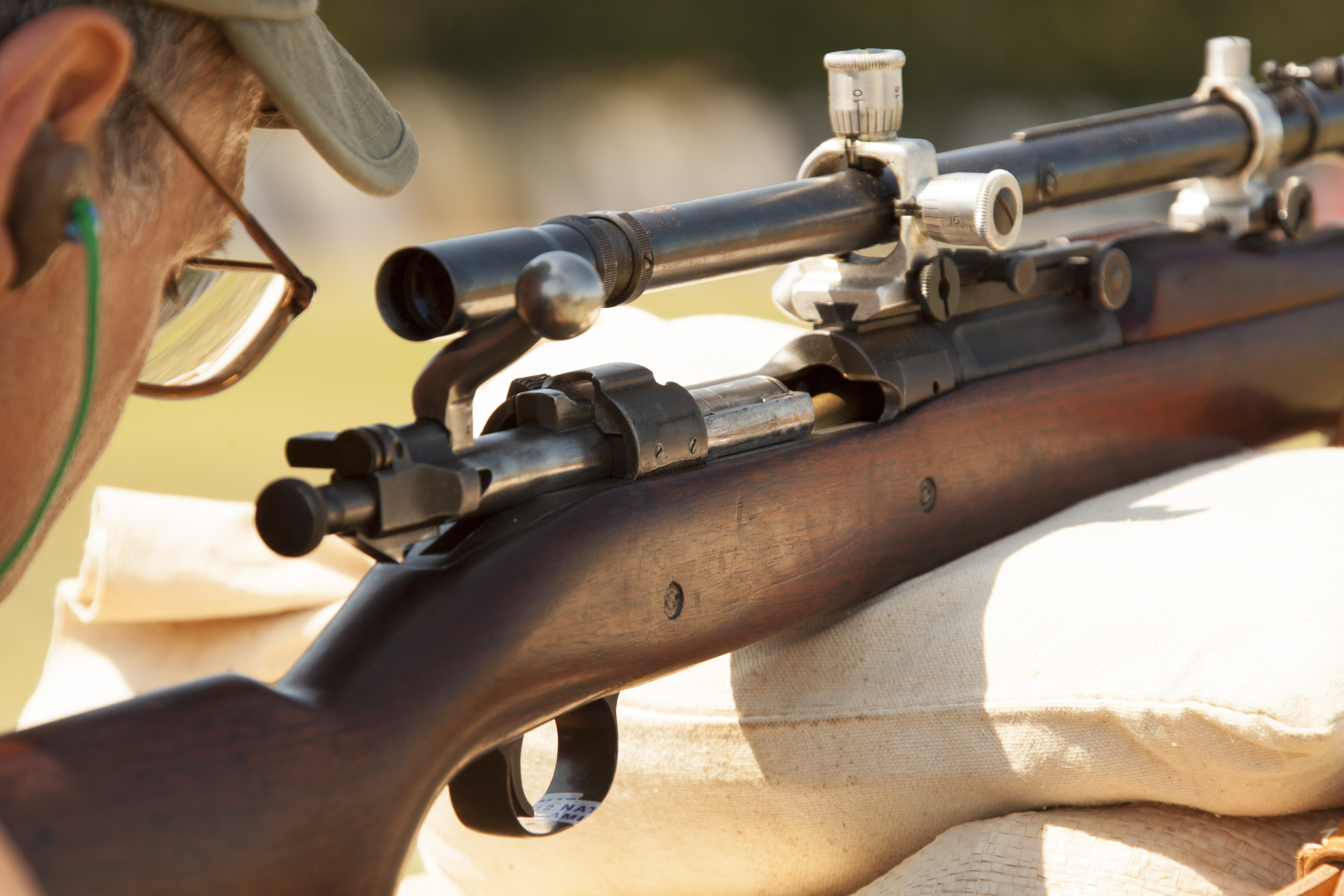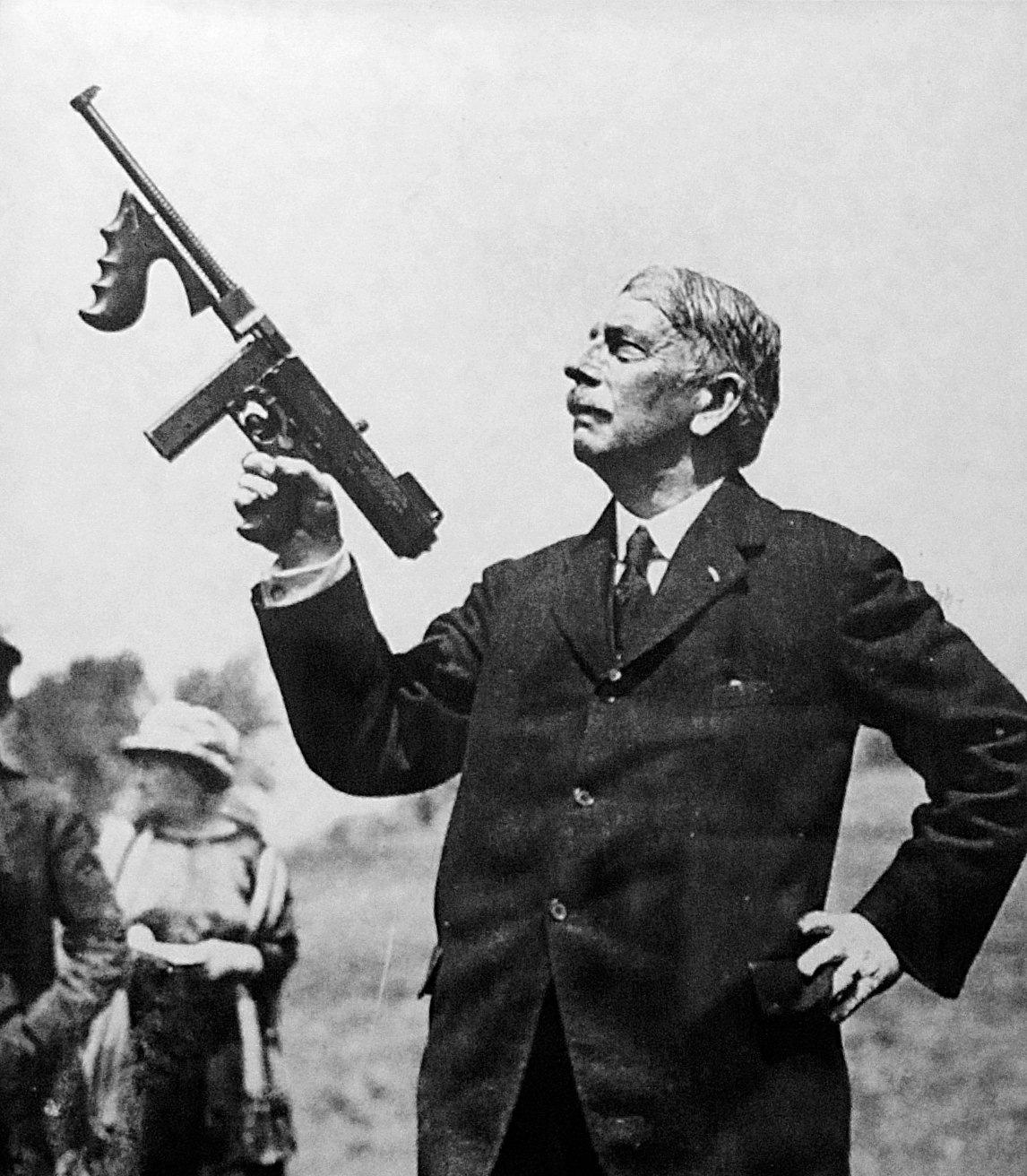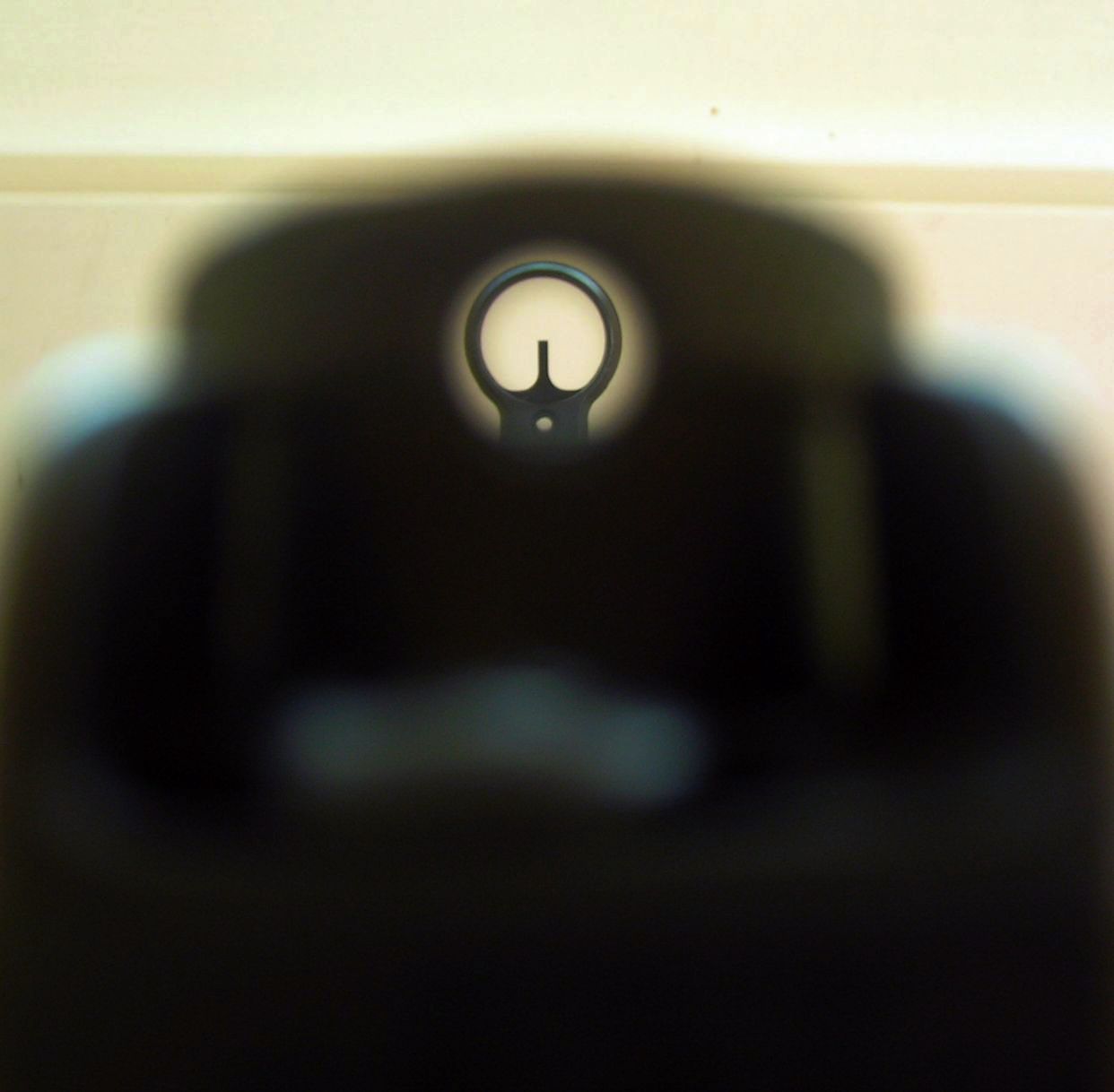|
CETME Ameli
The Ameli (abbreviated from the Spanish ''Ametralladora ligera'' or "light machine gun") is a 5.56mm light machine gun designed for the Spanish Army (''Ejército de Tierra'') by the nationally owned and operated ''Centro de Estudios Técnicos de Materiales Especiales'' (CETME) small arms research institute (founded by the Spanish government in 1950). Development of the weapon began in 1974 under the supervision of Colonel José María Jiménez Alfaro (who would later become the director of CETME).Woźniak, Ryszard: ''Encyklopedia najnowszej broni palnej—tom 1 A-F'', page 140. Bellona, 2001. The Ameli was officially unveiled in 1981 and after undergoing exhaustive military trials was adopted into service in 1982 as the standard squad-level support weapon of the Spanish Army under the designation MG 82.Crawford, Steve: ''Twenty-first Century Small Arms: The World's Great Infantry Weapons'', page 76. Zenith Press, September 2003. The Ameli was manufactured at the Empresa Nacional ... [...More Info...] [...Related Items...] OR: [Wikipedia] [Google] [Baidu] |
Light Machine Gun
A light machine gun (LMG) is a light-weight machine gun designed to be operated by a single infantryman, with or without an assistant, as an infantry support weapon. LMGs firing cartridges of the same caliber as the other riflemen of the same combat unit are often referred to as squad automatic weapons. Characteristics While early light machine guns fired full-powered rifle cartridges, modern light machine guns often fire smaller-caliber rifle cartridges than medium machine guns – generally the same intermediate cartridge fired by a service's standard assault rifle – and are usually lighter and more compact. Some LMGs, such as the Russian RPK, are modifications of existing designs and designed to share the same ammunition. Adaptations to the original rifle generally include a larger magazine, a heavier barrel to resist overheating, a more robust mechanism to support sustained fire and a bipod. A light machine gun is also defined by its usage as well as its sp ... [...More Info...] [...Related Items...] OR: [Wikipedia] [Google] [Baidu] |
Recoil Operation
Recoil operation is an operating mechanism used to implement locked breech, autoloading firearms. Recoil operated firearms use the energy of recoil to cycle the action, as opposed to gas operation or blowback operation using the pressure of the propellant gas. The earliest mention of recoil used to assist the loading of firearms is sometimes claimed to be in 1663 when an Englishman called Palmer proposed to employ either it or gases tapped along a barrel to do so. However no one has been able to verify this claim in recent times, although there is another automatic gun that dates from the same year, but its type and method of operation are unknown. Recoil-operation, if it was invented in 1663, would then lay dormant until the 19th century, when a number of inventors started to patent designs featuring recoil operation; this was due to the fact that the integrated disposable cartridge (both bullet and propellant in one easily interchangeable unit) made these designs viable. The ... [...More Info...] [...Related Items...] OR: [Wikipedia] [Google] [Baidu] |
Safety (firearms)
Close-up shot of a safety of an M16A2 rifle In firearms, a safety or safety catch is a mechanism used to help prevent the accidental discharge of a firearm, helping to ensure safer handling. Safeties can generally be divided into subtypes such as internal safeties (which typically do not receive input from the user) and external safeties (which typically allow the user to give input, for example, toggling a lever from "on" to "off" or something similar). Sometimes these are called "passive" and "active" safeties (or "automatic" and "manual"), respectively. Firearms with the ability to allow the user to select various fire modes may have separate switches for safety and for mode selection (e.g. Thompson submachine gun) or may have the safety integrated with the mode selector as a fire selector with positions from safe to semi-automatic to full-automatic fire (e.g. M16). Some firearms manufactured after the late 1990s and early 2000s include a mandatory integral locking mec ... [...More Info...] [...Related Items...] OR: [Wikipedia] [Google] [Baidu] |
Open Bolt
A firearm is said to fire from an open bolt if, when ready to fire, the bolt and working parts are held to the rear of the receiver, with no round in the chamber. When the trigger is actuated, the bolt travels forward, feeds a cartridge from the magazine or belt into the chamber, and fires that cartridge in the same movement. Like any other self-loading design, the action is cycled by the energy released from the propellant, which sends the bolt back to the rear, compressing the mainspring in readiness for firing the next round. In an open-bolt gun firing semi-automatically, the bolt is caught and held at this point by the sear after each shot; and in automatic open-bolt fire, it's caught and held in this manner whenever the trigger is released. In contrast to this, in closed-bolt guns the trigger and sear do not affect the movement of the bolt directly. Generally, an open-bolt firing cycle is used for fully automatic weapons and not for semi-automatic weapons (except som ... [...More Info...] [...Related Items...] OR: [Wikipedia] [Google] [Baidu] |
Chamber (firearms)
In firearms, the chamber is the cavity at the back end of a breechloader's barrel or cylinder, where the cartridge is inserted before being fired. The rear opening of the chamber is the breech, and is sealed by the breechblock or the bolt. Function Rifles and pistols generally have a single chamber integral to their barrels, but revolvers have multiple chambers in their cylinder, and no chamber in their barrel. Thus, rifles and pistols can usually still be fired with the magazine removed as long as a cartridge is inserted into the chamber, while a revolver cannot be fired at all with its cylinder swung out. The act of ''chambering'' a cartridge means the insertion of a round into the chamber, either manually or through the action of the weapon, e.g., pump-action, lever-action, bolt action, or Autoloading operation generally in anticipation of firing the weapon, without need to "load" the weapon upon decision to use it (reducing the number of ''actions'' needed to ... [...More Info...] [...Related Items...] OR: [Wikipedia] [Google] [Baidu] |
Inertia
Inertia is the idea that an object will continue its current motion until some force causes its speed or direction to change. The term is properly understood as shorthand for "the principle of inertia" as described by Newton in his first law of motion. After some other definitions, Newton states in his first law of motion: The word "perseveres" is a direct translation from Newton's Latin. Other, less forceful terms such as "to continue" or "to remain" are commonly found in modern textbooks. The modern use follows from some changes in Newton's original mechanics (as stated in the ''Principia'') made by Euler, d'Alembert, and other Cartesians. The term inertia comes from the Latin word ''iners'', meaning idle, sluggish. The term inertia may also refer to the resistance of any physical object to a change in its velocity. This includes changes to the object's speed or direction of motion. An aspect of this property is the tendency of objects to keep moving in a straight li ... [...More Info...] [...Related Items...] OR: [Wikipedia] [Google] [Baidu] |
Cartridge (firearms)
A cartridge or a round is a type of pre-assembled firearm ammunition packaging a projectile (bullet, shot, or slug), a propellant substance (usually either smokeless powder or black powder) and an ignition device (primer) within a metallic, paper, or plastic case that is precisely made to fit within the barrel chamber of a breechloading gun, for the practical purpose of convenient transportation and handling during shooting. Although in popular usage the term "bullet" is often informally used to refer to a complete cartridge, it is correctly used only to refer to the projectile. Cartridges can be categorized by the type of their primers – a small charge of an impact- or electric-sensitive chemical mixture that is located: at the center of the case head ( centerfire); inside the rim ( rimfire); inside the walls on the fold of the case base that is shaped like a cup (cupfire, now obsolete); in a sideways projection that is shaped like a pin ( pinfire, now obsolete); ... [...More Info...] [...Related Items...] OR: [Wikipedia] [Google] [Baidu] |
Bolt (firearm)
A bolt is the part of a repeating, breechloading firearm that blocks the rear opening (breech) of the barrel chamber while the propellant burns, and moves back and forward to facilitate loading/unloading of cartridges from the magazine. The firing pin and extractor are often integral parts of the bolt. The terms "breechblock" and "bolt" are often used interchangeably or without a clear distinction, though usually, a bolt is a type of breechblock that has a nominally circular cross-section. In most automatic firearms that use delayed blowback, recoil or gas operation, the bolt itself is housed within the larger bolt carrier group (BCG), which contains additional parts that receives rearward push from a gas tube ( direct impingement) or a piston system. The slide of a self-loading pistol can be considered a bolt carrier, as it contains the same components and serves the same functions. Description In manually operated firearms such as bolt-action, lever-action, and p ... [...More Info...] [...Related Items...] OR: [Wikipedia] [Google] [Baidu] |
Submachine Gun
A submachine gun (SMG) is a magazine-fed, automatic carbine designed to fire handgun cartridges. The term "submachine gun" was coined by John T. Thompson, the inventor of the Thompson submachine gun, to describe its design concept as an automatic firearm with notably less firepower than a machine gun (hence the prefix " sub-"). As a machine gun must fire rifle cartridges to be classified as such, submachine guns are not considered machine guns. The submachine gun was developed during World War I (1914–1918) as a close quarter offensive weapon, mainly for trench raiding. At its peak during World War II (1939–1945), millions of SMGs were made for use by regular troops, clandestine commandos and partisans alike. After the war, new SMG designs appeared frequently.Military Small Arms Of The 20th Century. Ian Hogg & John Weeks. Krause Publications. 2000. p93 However, by the 1980s, SMG usage decreased. Today, submachine guns have been largely replaced by assault rifl ... [...More Info...] [...Related Items...] OR: [Wikipedia] [Google] [Baidu] |
Heckler & Koch MP5
The Heckler & Koch MP5 (german: Maschinenpistole 5) is a 9x19mm Parabellum submachine gun, developed in the 1960s by a team of engineers from the German small arms manufacturer Heckler & Koch. There are over 100 variants and clones of the MP5, including some semi-automatic versions. The MP5 is one of the most widely used submachine guns in the world,Hogg, Ian (2002). ''Jane's Guns Recognition Guide''. Jane's Information Group. . having been adopted by over forty nations and numerous military, law enforcement, intelligence, and security organizations. In 1999, Heckler & Koch developed the UMP, the MP5's successor. Despite its higher cost, the MP5 remained the more successful of the two options. History Heckler & Koch, encouraged by the success of the G3 automatic rifle, developed a family of small arms consisting of four types of firearms all based on a common G3 design layout and operating principle. The first type was chambered for 7.62×51mm NATO, the second for the ... [...More Info...] [...Related Items...] OR: [Wikipedia] [Google] [Baidu] |
Heckler & Koch HK33
The Heckler & Koch HK33 is a 5.56mm assault rifle developed in the 1960s by West German armament manufacturer Heckler & Koch GmbH (H&K), primarily for export. Building on the success of their G3 design, the company developed a family of small arms (all using the G3 operating principle and basic design concept) consisting of four types of firearms: the first type, chambered in 7.62×51mm NATO; the second, using the Soviet 7.62×39mm M43 round; the third, chambered in .223 Remington and 5.56×45mm NATO; and the fourth type, chambered for the 9×19mm Parabellum pistol cartridge. Commercially the HK33 was a successful design but it did not sell as well as the G3. The HK33 series of rifles were adopted by the Brazilian Air Force (''Força Aérea Brasileira'' or FAB), the armed forces of Thailand and Malaysia where they were produced under a licence agreement. The rifle was also licence-built in Turkey by MKEK, and exported from France branded as MAS but actually made in Germany ... [...More Info...] [...Related Items...] OR: [Wikipedia] [Google] [Baidu] |







